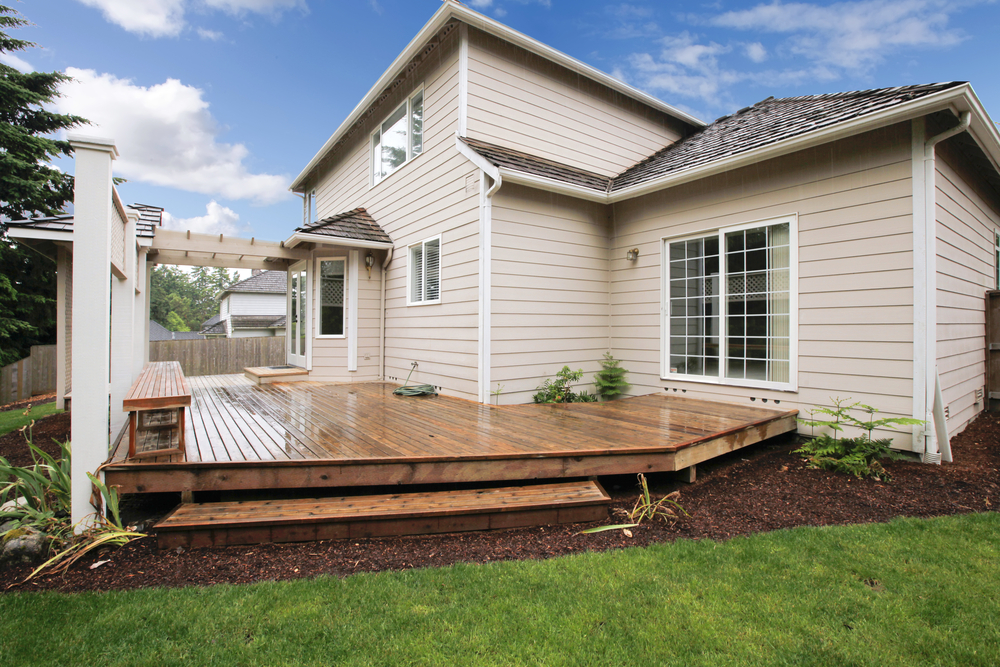Over the last few years, composite wooden decks have grown increasingly popular. This is because such decks offer an overwhelming range of advantages when compared to traditional wooden decks. Timbertech decks, for instance, look exactly like real wood except that they don’t rot, require little to no maintenance, and offer excellent longevity. These decks may cost more than real wood but in the long-term, they pay for their costs and then some.
DIY Installation Tips
If you want to add value to your property, Timbertech decking are a great choice. You can hire a professional contractor to install the deck and take care of everything from start to finish. Alternatively, you can take a do-it-yourself (DIY) approach. In a DIY approach, you can achieve a greater degree of customization and save the labor costs. However, the finish may not be as perfect as when done by a professional.
That being said, here are some helpful tips to get you started in the right direction:
- Install the right side up. Many Timbertech composite boards, such as AZEK, are one-sided products. So be sure to install the grained and embossed side up.
- Make sure the joist spacing is not more than 16 inches. For a better fit and finish, 12 inches is a better spacing choice.
- Cut and install the boards as quickly as possible. Temperature fluctuations caused by the climate may cause expansion or contraction.
- Do not use nails anywhere on Timbertech decks. Similarly, keep any metal cutting or drilling activity away from the boards as it may cause damage.
- Use stainless steel screws which are at least 2 ¼ inches in length when fastening the boards. Trim-head screws typically offer better results compared to flathead screws. You may use AZEK TopLoc screws when installing the AZEK boards.
- Use a string to keep the top of the joists in line with each other. This is important to achieve a neat and even finish for the decking.
- Use a beater board against the deck boards when you install using hidden fasteners. Do not directly strike with mallet or hammer as it can cause damage to the board.
Contact A Timbertech Deck Installer For More Helpful Tips
In addition to these helpful tips, you can also consult detailed installation guides from Timbertech during the process. It is important to follow the guides for installation of Timbertech decks. If you use an installation method that is not recommended, you may not be able to claim warranty on any damage to the boards. Following proper instructions will also result in a better fit and finish for your boards.
If you’re thinking about adding a deck to your property, your planning should take into account ROI variables. Materials, size, access, and the “wow factor” all contribute to a prospective buyer’s perception of the value added by a deck to the property. It’s worth becoming familiar with deck construction in the comparable properties in your area so you can position yours where you want to be value-wise. Another value relationship to consider is that between your deck budget and the overall value of the property. It doesn’t make ROI dollars and sense to build something too grand for the size and likely resale price of the home. One rule of thumb used by contractors and architects is that a deck should be no larger than the home’s biggest interior space.
Keep in mind, too, that adding value to your home gets the attention of the assessor and the underwriter, so your property taxes and insurance premiums are like to be increased. Like anything else built by human beings, a deck will inevitably require some maintenance and/or repair as time goes by. Good choices of materials, with expert design and construction, are the ticket to keeping those costs down and your enjoyment and ROI up.

